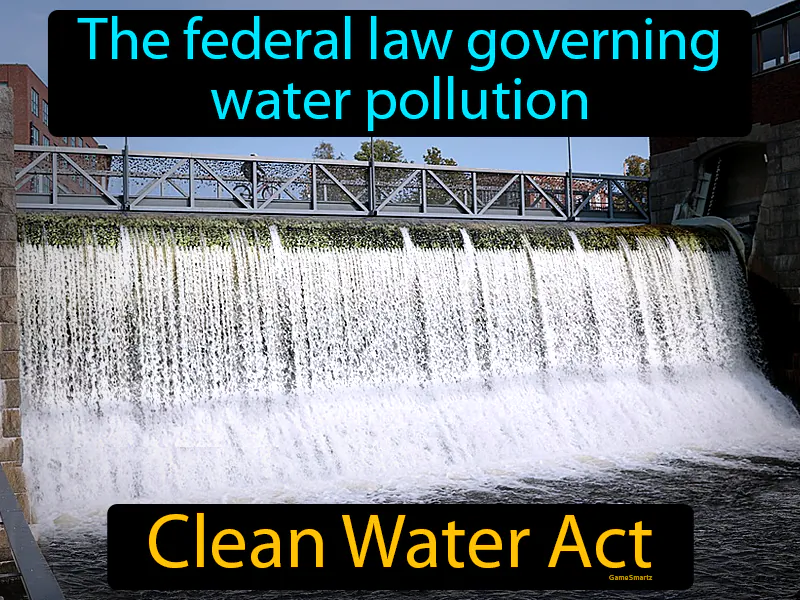Clean Water Act
Clean Water Act: Easy to understand
The Clean Water Act, passed in 1972, was a response to the growing environmental awareness and activism of the 1960s and 1970s, a period marked by protests demanding governmental action on pollution. It was crucial at the time because industrial waste and sewage were severely contaminating America's waterways, threatening public health and ecosystems. This law set standards for water quality and aimed to reduce pollution, reflecting society's demand for environmental change. Today, the Clean Water Act continues to protect our water sources, ensuring safe drinking water and healthy ecosystems. For example, if a factory near your town wanted to dump waste into a river, the Clean Water Act would require them to follow strict regulations to prevent pollution, keeping the water safe for you and your community.

Practice Version

Clean Water Act: The federal law governing water pollution Clean Water Act. The Clean Water Act is a 1972 U.S. law aimed at reducing pollution in the nation's waterways and ensuring clean water for everyone.